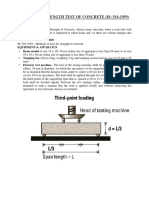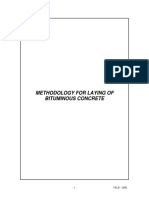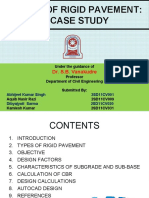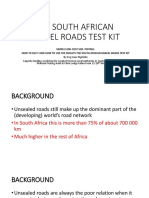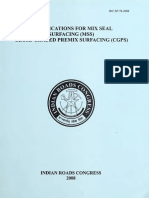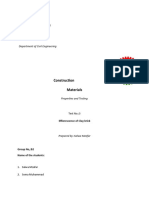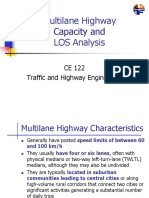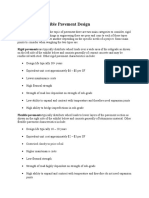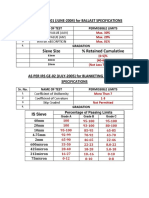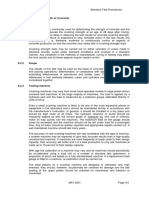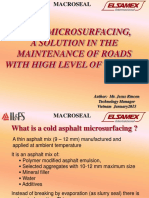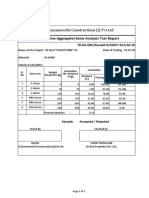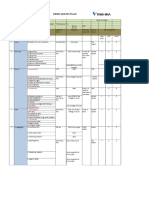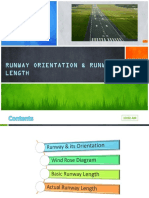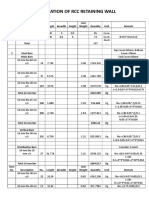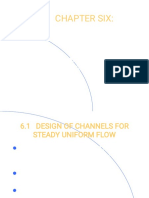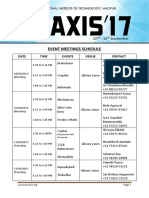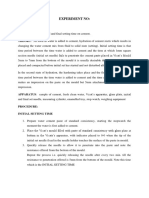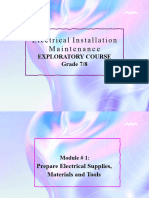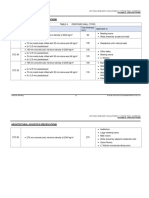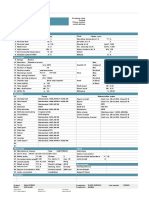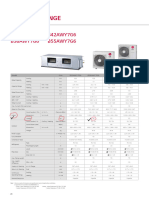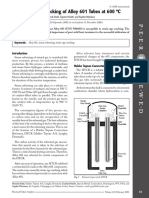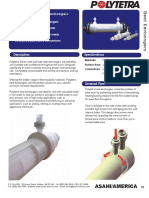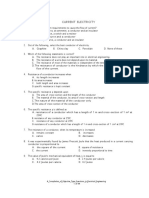0% found this document useful (0 votes)
140 views22 pagesTesting of Aggregates
The document discusses various tests conducted on aggregates used in concrete. Some key tests include: sieve analysis to determine particle size distribution, determination of properties like specific gravity and water absorption, aggregate crushing value, impact value, and abrasion value to evaluate mechanical properties. Tests are also described to measure flakiness index, elongation index, and fineness modulus which are indicators of aggregate quality. The procedures for each test are explained along with the equipment used and how results are calculated.
Uploaded by
Rahul SharmaCopyright
© © All Rights Reserved
We take content rights seriously. If you suspect this is your content, claim it here.
Available Formats
Download as PDF, TXT or read online on Scribd
0% found this document useful (0 votes)
140 views22 pagesTesting of Aggregates
The document discusses various tests conducted on aggregates used in concrete. Some key tests include: sieve analysis to determine particle size distribution, determination of properties like specific gravity and water absorption, aggregate crushing value, impact value, and abrasion value to evaluate mechanical properties. Tests are also described to measure flakiness index, elongation index, and fineness modulus which are indicators of aggregate quality. The procedures for each test are explained along with the equipment used and how results are calculated.
Uploaded by
Rahul SharmaCopyright
© © All Rights Reserved
We take content rights seriously. If you suspect this is your content, claim it here.
Available Formats
Download as PDF, TXT or read online on Scribd
/ 22
